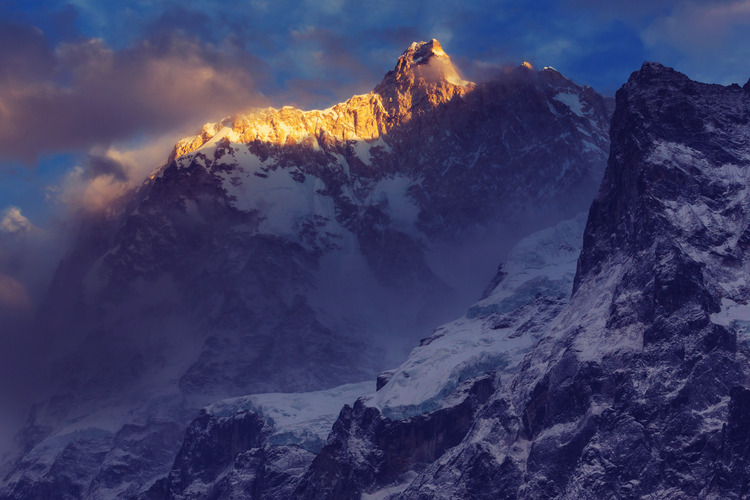
Tristan Kennedy on the mountaineering kit used in a remarkable mountain climb on the north face of Jannu
At the most recent Piolets d’Or (or ‘Golden Ice Axe’) awards in December, there was one climb that really stood out. Commonly known as ‘the Oscars of mountaineering’, the awards don’t rank the climbs they recognise, because rating them against each other would be contrary to the spirit of alpinism that they’re designed to celebrate.
But there was no escaping the fact that most of the media attention focused on the American team of Alan Rousseau, Jackson Marvell and Matt Cornell, and their remarkable ascent of the north face of Jannu – a 7,710-metre- high peak near Kanchenjunga.
Enjoying this article? Check out our related reads:
Once described as ‘the greatest challenge of the Himalayas’ by the legendary Swiss climber Erhard Loretan, the 2,700-metre face was previously believed to be unclimbable – at least by anyone attempting unsupported, ‘alpine style’ mountaineering, the purest form of the discipline. ‘Perhaps someday a pair will climb a direct route on the north face of Jannu in alpine style,’ said Sergey Kofanov, a Russian alpinist who’d seen it up close in 2007. ‘But they’ll need to accept the likelihood that they’re buying themselves a one-way ticket.’
Scaling it would involve a complex mixture of ice climbing and ‘big wall’ rock climbing techniques of the kind practised on Yosemite monoliths such as El Capitan. Add in the effects of extreme altitude and several nights spent sleeping on ‘portaledges,’ dangling precariously over the void, and you can see why the Americans’ achievement has been hailed as a great leap forward for alpinism.
Think of it as the modern mountaineering equivalent of Charles Lindbergh’s solo flight over the Atlantic, combined with a groundbreaking physical feat such as Mike Powell’s 8.95-metre long jump in 1991 – still a world record 34 years later.
Like Powell, Rousseau, Marvell and Cornell were in peak condition and had spent years honing their skills, both individually and as a team. ‘The three of us climbed on El Capitan together,’ Rousseau, the most vocal member of the trio, told me when I met them in their hotel in San Martino di Castrozza, in the Dolomites, shortly before the awards ceremony.
‘And then in 2022, we climbed the south face of Denali [America’s highest mountain] on the Slovak Direct route. So that was sort of validation that both on “big wall”-style climbs and in more alpine terrain, we worked well together.’
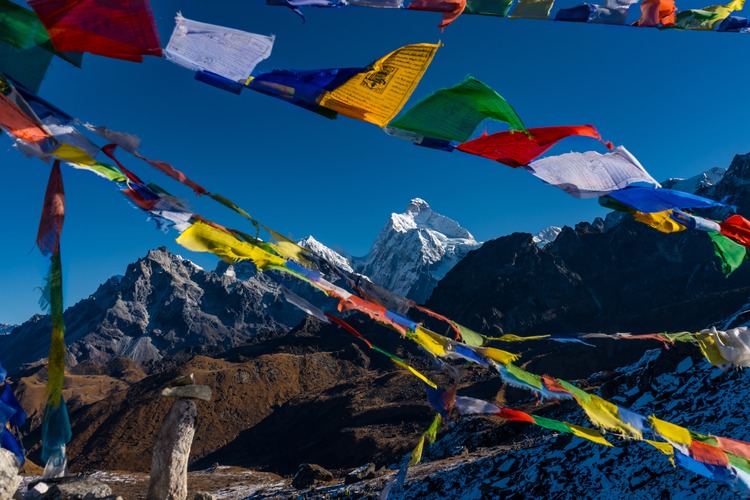
Despite their years of collective experience, however, there were large parts of the north face route that remained completely unknown. It wasn’t that Jannu had never been climbed before. In 2004, there was even a successful ascent of a different direct route up the north face. But that effort had taken a group of 10 Russians more than 50 days using ‘siege tactics’ – with different climbers fixing ropes and caching equipment for each other, pairs swapping out as they grew tired, and everyone using supplementary oxygen.
Just as Lindbergh’s flight was significantly more challenging than the first multi-stop, crewed seaplane flights across the Atlantic, so Rousseau, Marvell and Cornell’s climb – with just the three of them, climbing in ‘alpine style’ and carrying all their own gear – was several orders of magnitude more difficult than those earlier efforts.
At one point, Cornell thought the other two had been killed when a mushroom-like snow formation collapsed on top of them. ‘I just kind of hunkered down and held on,’ he said, expecting ‘either for us all to be pulled down or to look up and see them up there, roped up but unconscious.’ When the snow cleared, however, he saw his friends were unscathed.
On closer inspection, the only damage was a large rip in the hood of Marvell’s down jacket – which left him quite literally spitting feathers. ‘Jackson was pretty grumpy,’ Rousseau said with a laugh.
There were other risks, too. After seven long days on the mountain, both Rousseau and Marvell had badly frostbitten hands by the time they made it back to base camp. ‘My little finger ended up kind of shorter,’ Rousseau said ruefully, showing me where his last joint had been amputated. But it could have been a lot worse. Wisely, the team decided to skip their planned hike out in favour of a helicopter transfer to Kathmandu, where a hospital offered specialist treatments that saved their fingers.
Despite their obvious physical courage, the trio deflected much of the credit for their success elsewhere. New developments in climbing gear had played a huge role in helping them crack the previously intractable puzzle of the north face, according to Cornell. ‘We had these new G7 Pods, which are fully inflatable.’ Designed to be used either as tents or portaledges, the pods were ‘about half ’ the weight of anything developed previously, Rousseau said, ‘and significantly cut down the bulk in our backpacks.’
The team also used a specially made three-person sleeping bag – which was not only smaller than three separate bags but allowed them to share body warmth.
Clearly, equipment matters when it comes to pushing the boundaries of rock and ice climbing. ‘No-one had really tested [the pods] in this environment before,’ said Cornell. ‘And I don’t know if it’s directly correlated to our climb, but it seems like they’ve been popping up in the mountains a lot more lately,’ added Marvell.
Rousseau speculated that future gear developments would open up more ‘unclimbable’ faces to alpine-style ascents. But talking to the three of them, it was clear that their success wasn’t just about having the latest kit. The Spirit of St Louis might have provided the means, but it was Lindbergh’s skill and bravery as a pilot that carried him safely across the Atlantic.
Climbing tradition holds that the first people to successfully scale a new route get to name it. But having ‘made the impossible possible,’ in the words of the Piolets d’Or committee’s chief organiser, the trio opted for a modest-sounding name. Their direct route up the north face of Jannu would simply be called ‘Round Trip Ticket.’
Wishlist – Three items that will make mountaineering better
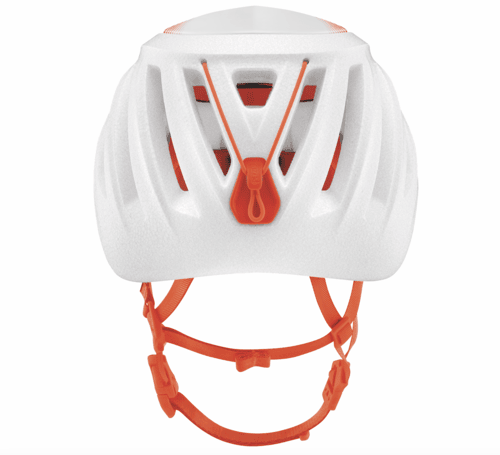
The Essential: Petzl Sirocco Helmet – £115
French brand Petzl makes some of the best mountaineering equipment on the market. This helmet – an essential for any expedition involving serious climbing and exposure – is a prime example. Its minimalist design and hybrid construction (a mixture of EPP, or expanded
polypropylene, and EPS, or expanded polystyrene) means it offers an incredible protection-to- weight ratio.
The largest size weighs just 170 grams. Big vents help maximise airflow, for when you’re working up a sweat while climbing, and the fully adjustable head and chin straps make finding the right fit easy. petzl.com
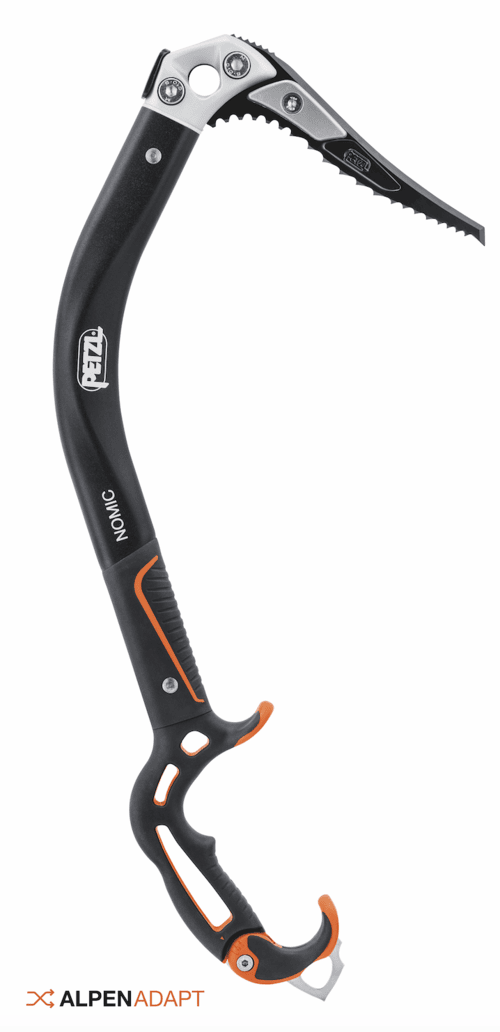
The Surprisingly Useful: Petzl Nomic ice climbing axe – £270
If you’re going to be tackling ice pitches, you’ll need a pair of axes designed specifically for the job – and ice climbing axes don’t get more useful than the Petzl Nomic. It’s weighted to provide what Petzl calls ‘an exceptional swing’, and its curved shape and double handle are designed to offer multiple grip modes and stable switching between hands.
The pick is the brand’s PUR’ICE model, which has a three-millimetre taper at the tip for better penetration in hard ice. It comes with a minimalist hammer on the back of the head for banging in pitons, but the head is entirely modular, with an interchangeable adze and hammer allowing you to adjust technical aspects to suit your climb.petzl.com
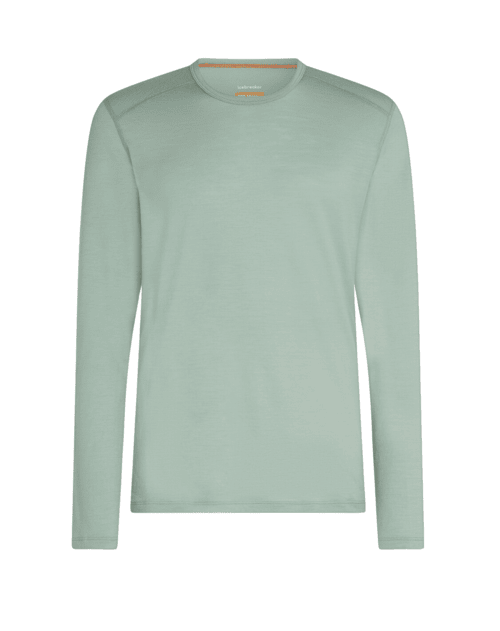
The Luxury: Icebreaker Merino 200 Oasis Thermal Baselayer – £85
Wearing a baselayer made of technical, moisture-wicking material is pretty much a must, whatever you’re doing in the mountains, because ordinary materials such as cotton soak through with sweat quickly and can leave you feeling cold. This baselayer, made by Kiwi brand Icebreaker, is a particularly fine one.
Like all Icebreaker products, it’s made of 100 per cent Merino wool, sustainably sourced from New Zealand sheep.
Merino wool is naturally odour resistant, feels soft and comfortable against the skin and has incredible moisture-wicking properties, which help it regulate body temperature. While some companies use synthetic fabrics to make baselayers, the best and most luxurious, almost always start with the distinctive fluffy fleece of the Merino sheep. icebreaker.com







